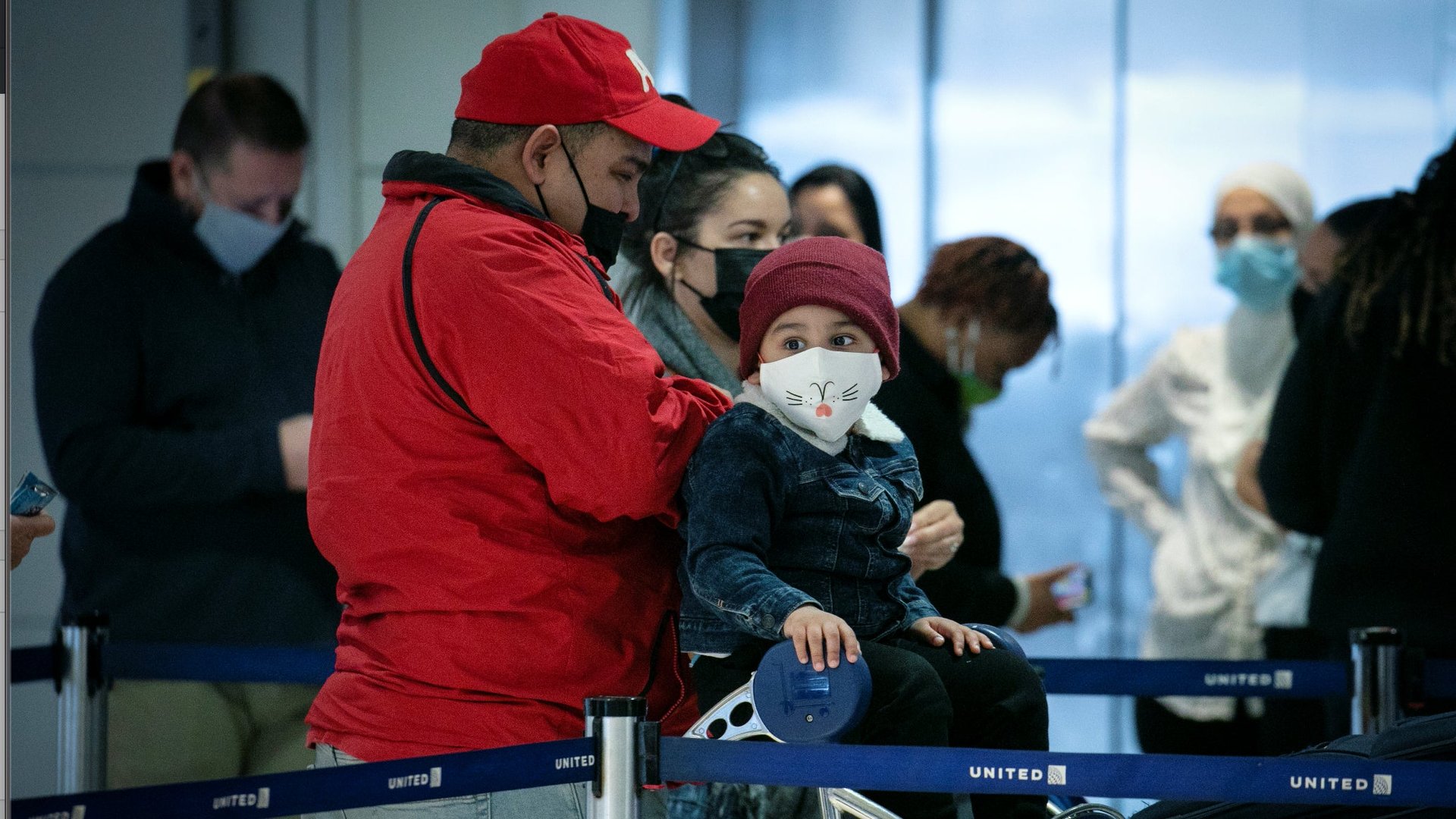Jan. 3 was the busiest day for air travel in the US since the pandemic began
Air travel in the US, which took its biggest dive since World War Two at the beginning of the pandemic, is gathering steam.


Air travel in the US, which took its biggest dive since World War Two at the beginning of the pandemic, is gathering steam.
The number of passengers passing through Transportation Security Administration (TSA) checkpoints every day dropped from 2.3 million on Mar. 1 to a low of 87,500 on Apr. 14, according to TSA data. But on Jan. 3, daily flyers had surged to 1.3 million, the highest level since Mar. 14.
The increase in travel comes at a point when a record 125,544 Americans are hospitalized with Covid-19 infections, with about 200,000 new cases reported every day. Meanwhile, a few states including New York have reported their first cases of a new, potentially more transmissible variant of the virus. On Jan. 3, surging cases in the United Kingdom—where the variant was first reported—led the country to implement a full lockdown.
Travel has still not returned to pre-pandemic levels: The record on Jan. 3 is still 260,000 fewer flyers than the slowest day of 2019. Back then, the daily average was 2.4 million; since the pandemic hit, it has mostly hovered between 500,000 and 1 million (the middle of the week tends to be busier than weekends). But the steep increase in holiday-time travel has the potential to accelerate the spread of the virus at a moment when hospitals in many parts of the country are already at capacity.
The drop-off in travel has been catastrophic for airline bottom lines; the industry is expected to see a record loss of $157 billion in 2020 and 2021. And it will still likely be years before air travel is fully back to pre-pandemic levels. A Nov. 24 analysis by the International Air Transport Association, a trade group, projects that global passenger air traffic won’t rebound to 2019 levels until 2024. The pace of vaccination and easing of travel restrictions are a bigger impediment to air traffic than the broader economic recovery, according to the analysis—air cargo traffic is almost back to pre-pandemic levels already.